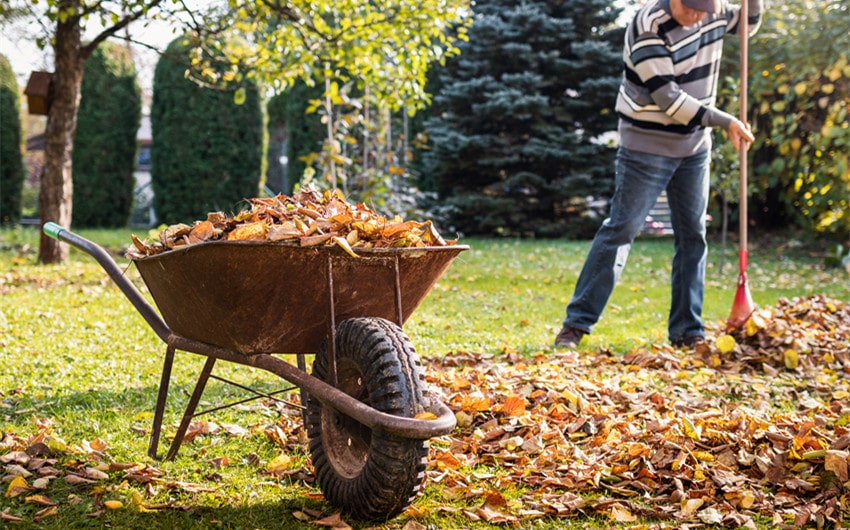Wheelbarrel or Wheelbarrow: Clearing Up the Confusion
You’ve probably heard people say “wheelbarrel” when talking about that handy garden tool, but have you ever stopped to wonder if that’s really the right word? It’s easy to mix up terms that sound so similar, especially when they’re used in everyday conversation.
In this article, we’ll dive into why this common mistake happens and clear up any confusion. After all, knowing the correct term can save you from a little embarrassment the next time you’re chatting with friends or working on a project.
The Correct Term: Wheelbarrow

When it comes to moving heavy loads around the garden or construction site, the tool you’re thinking of is called a “wheelbarrow.” A wheelbarrow is a simple, yet ingenious device designed to make transporting materials like soil, gravel, or tools much easier. It typically consists of a single wheel at the front, with two supporting legs and handles at the back, allowing you to balance and steer the load with minimal effort.
Understanding the Term
The term “wheelbarrow” comes from two words: “wheel,” referring to the circular component that allows movement, and “barrow,” which is derived from the Old English word “bearwe,” meaning a device used for carrying loads. The combination of these two words perfectly describes the function of the tool—using a wheel to assist in carrying or moving something heavy.
Importance of Correct Usage
Understanding the correct term not only helps you communicate more clearly but also ensures that you’re using language accurately in both casual conversation and more formal settings. Next time you grab that trusty tool for your gardening or construction work, you’ll know exactly what to call it—a wheelbarrow.
Common Misconception: Wheelbarrel
It’s easy to see why people might mistakenly use the term “wheelbarrel” instead of “wheelbarrow.” The word “barrel” is familiar and frequently used in everyday language, often referring to a large cylindrical container that can hold liquids or other materials. Because of this familiarity, many people unconsciously combine the word “wheel” with “barrel” when referring to the garden tool, thinking it makes logical sense.
How the Misconception Spreads
This misconception is further fueled by how similar the two words sound when spoken quickly. In casual conversations, the difference between “wheelbarrow” and “wheelbarrel” can easily go unnoticed, especially if someone isn’t aware that they’re using the incorrect term.
Over time, as this mispronunciation spreads, it becomes more ingrained in everyday language, leading more people to believe that “wheelbarrel” might be correct.
Visual Association and Language Assumptions
Another reason for the confusion could be the visual association. When you look at a wheelbarrow, it has a somewhat rounded, trough-like shape that, at a glance, might remind someone of a barrel. This visual similarity could subconsciously reinforce the idea that the tool is called a “wheelbarrel.”
Moreover, because “barrel” is a common word, people might assume that it’s simply more likely to be correct without giving it much thought. This is a typical example of how language evolves and how mistakes can become widespread, especially when the incorrect version seems to fit naturally into our understanding of the world around us.
Historical Context and Evolution

The wheelbarrow has a fascinating history that dates back thousands of years, with its origins rooted in ancient civilizations. Understanding the historical context of the wheelbarrow not only highlights its significance as a tool but also sheds light on how the term “wheelbarrow” has evolved and remained consistent over time.
Origins in Ancient China
The earliest known use of a wheelbarrow-like device dates back to ancient China, around the 2nd century BC, during the Han Dynasty. These early wheelbarrows were a bit different from the ones we see today. They often had a single large wheel in the center of the load, allowing for better balance and easier maneuverability on rough terrain.
Spread to Europe and Adaptation
The concept of the wheelbarrow eventually spread to Europe in the Middle Ages, where it became an essential tool for farmers, builders, and laborers. European wheelbarrows were typically simpler in design, with a single front wheel and two rear legs for support. The load was placed above the wheel, allowing for easier lifting and pushing. The addition of the wheel made the “barrow” more versatile and efficient, leading to the creation of the term “wheelbarrow.”
The Enduring Term
Throughout its long history, the term “wheelbarrow” has remained relatively unchanged, a testament to its descriptive accuracy and widespread adoption. While the wheelbarrow itself has undergone numerous adaptations, the name has stayed the same, consistently referring to a tool that combines a wheel with a barrow for carrying loads.
The persistence of the correct term “wheelbarrow” over centuries highlights the importance of language in preserving the integrity of everyday tools and their uses. It also underscores the need to be mindful of linguistic accuracy, as even a small change in terminology, like the common misconception of “wheelbarrel,” can lead to widespread confusion.
Examples of Usage
- “She used a wheelbarrow to transport the mulch to the flower beds.”
- “The gardener filled the wheelbarrow with soil and wheeled it to the backyard.”
- “A wheelbarrow makes it much easier to carry heavy loads across the yard.”
- “They loaded the wheelbarrow with tools before heading to the construction site.”
- “After raking the leaves, he piled them into the wheelbarrow for easy disposal.”
- “The children took turns pushing the wheelbarrow filled with garden supplies.”
- “We used a wheelbarrow to haul the firewood to the shed.”
- “She carefully balanced the wheelbarrow as she moved the plants to the greenhouse.”
- “The wheelbarrow was essential for carrying the cement mix to the driveway.”
- “He repaired the old wheelbarrow before using it to move the gravel.”







